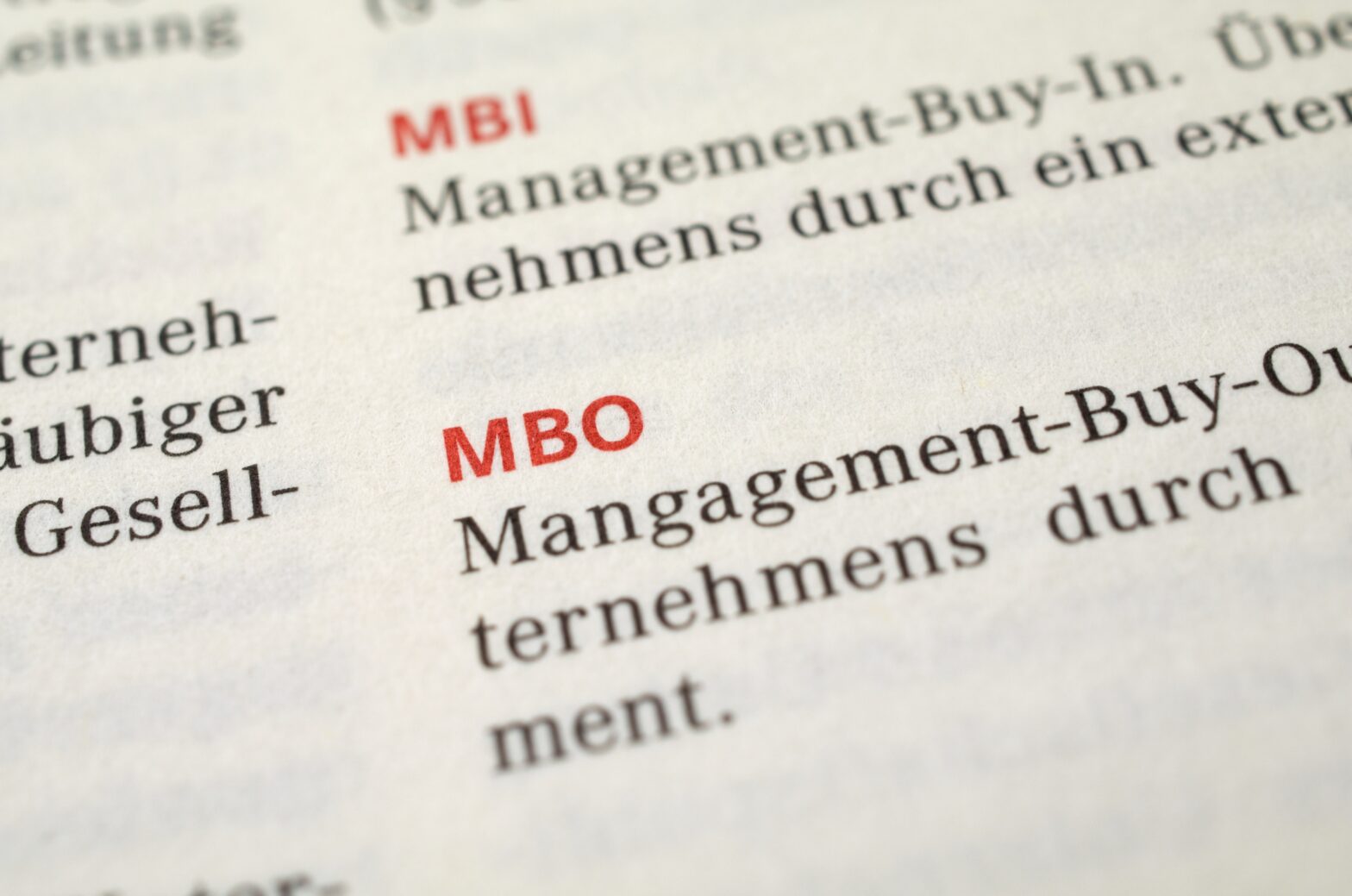Welcome to the fifth article in our Build Back Better series. In a previous feature, Ian Dawson, corporate finance director at Seneca Partners, gave his insight on what to look for when selling a business. Here, he examines some key elements when buying a business.
A strategic acquisition can supercharge growth through access to new markets, new customers, skills or products and services. If executed correctly, an acquisition can help you achieve business objectives faster than a strategy of organic growth alone.
However, acquisitions are complex projects with multiple workstreams and, if not executed correctly, can destroy shareholder value rather than create it. There are some key issues to consider ensuring that your acquisition successfully achieves your objectives and ultimately increases shareholder value.
Process
The acquisition process is complex involving multiple stages and workstreams such as defining strategy and criteria, identifying, evaluating and approaching targets, funding, deal structuring, tax, due diligence, legal negotiations, integration and realisation of synergies.
The first step is to define your acquisition strategy and criteria. Consider whether you are willing to take part in competitive auction processes or whether you are hunting for off-market or bi-lateral deals. In some instances, there is an individual target you would like to acquire that is highly strategic, but more often, the best approach is to shortlist and contact multiple targets simultaneously, as the chance of successfully completing a deal with one individual target can be low.
Targets must then be approached, evaluated at a high level and indicative bids made. If successful, you’ll be granted exclusivity in order to carry out detailed diligence, evaluate synergies and to confirm your value creation story. If everything stacks up, the deal completes and you can move into the integration phase and post deal delivery of synergies. Should you need to raise external capital to fund the above process, this will inevitably add time and complexity to the deal, so an early conversation with funders is advisable.
Strategy and criteria
First, consider whether an acquisition is the right strategy or whether your objectives could be achieved more easily via organic growth or a via an alliance or joint venture. Acquisitions can create significant value if properly considered and executed, however, they can also be very costly, especially if you get caught up in a competitive auction process and end up over-paying.
>See also: Organic growth vs acquisition – which is the best strategy?
Many first-time acquirers underestimate the time and effort required, first, to get through the formal acquisition process but then to successfully integrate two businesses, achieve the theoretical synergies and generate shareholder value.
If an acquisition is the right strategy, then define (and stick to) your acquisition criteria. Are you looking for stressed or high-quality targets, size, location, capabilities, propensity to sell? Map the market and rank the targets based on your key criteria. One thing not to overlook when evaluating targets is how the culture of a target compares to your own. This can sometimes be one of the most difficult things to evaluate from an external perspective but can be critical to the integration of the target in the long run.
Valuation
It is not only important to buy the right business, but to buy the right business at the right price. Even if the target is a great strategic fit, it becomes harder to generate the returns required to make the acquisition a success if you overpay. A strong driver of returns from an acquisition are often the synergies that can be realised, and careful consideration of post deal synergies can result in acquisitions creating significant shareholder value.
However, not all synergies are created equally. Those from costs savings are usually easier to identify and execute, but it’s difficult to create sustained shareholder value by cost savings alone, and consideration should be given to potential revenue synergies that will also drive significant shareholder value over time.
When assessing synergies, it is important to consider their benefits, the risk or likelihood they will be achieved, the timeframe for realisation and whether there are any implementation costs required to realise them. Bear in mind that in practice, it often takes much longer to achieve synergies than is theoretically possible. To assess the value of synergies, value and compare both businesses on a standalone basis, and the impact of the identified synergies through combined modelling.
Once synergies have been identified, consider how the synergy value should be split between buyer and seller. If the ability to realise a synergy is open to all buyers, then the seller has the upper hand in negotiating a higher price from potential purchasers but, if as a buyer you have a unique ability to realise a certain synergy, then consider retaining most or all of the benefit. Early analysis of synergies, continuous assessment throughout the process and monitoring their realisation post-deal will give you the best chance of your acquisition maximising value creation.
Funding and structuring
There are multiple ways of structuring and funding an acquisition and the external funding markets are open for well-considered acquisition strategies. Consider all external options such as the various debt and equity providers but also the use of internal resources, issuing shares or deferred consideration in the form of deferred cash, loan notes or earn-outs.
When assessing funding capacity, funders will consider the combined financials EBITDA (earnings before interest, taxes, depreciation, and amortisation) with a realistic assessment of synergies, along with the combined security position. It is important to understand whether funders will assess acquisition finance on a case-by-case basis, or if they provide a war-chest to go out and hunt for acquisitions to enable you to execute a buy and build strategy.
Evaluation and diligence
Adequate due diligence ensures that you are buying what you think you are buying. Specialist advisors can perform detailed diligence, but acquirers should identify, understand and resolve the headline issues early in the process. Depending on the diligence findings, issues can be dealt with by a price reduction, a change in the deal structure, legal protections such as indemnities or through post-deal rectification during the 100-day plan. Ultimately, if you cannot adequately deal with a serious issue through one of the above methods you should consider walking away, although this can be hard in practice, especially if you are caught up in the frenzy of a competitive auction.
Integration and delivering synergies
So, you have got to completion and the deal is done. It has been hard work to get to this stage, but you cannot ease off as successful integration and realisation of synergies will ultimately determine whether the acquisition is a success and creates value. The end game from making an acquisition should be to increase shareholder value and ultimately this is determined through earnings accretion or increasing the earnings per share. An early, high-level assessment of if and when the acquisition will be earnings accretive can help you to understand the value creating potential from the acquisition.
Conclusion
Remember that quality businesses will have plenty of interest from both trade acquirers and private equity, so it is important that buyers are focused on selling themselves as the best home for the target business. Do not underestimate the time, effort and resources required to make a successful acquisition, continually assessing your strategic rationale throughout the process. Be prepared to reassess your view on value creation as you learn more about the target. However, get it right and an acquisition can be a fast-track way to achieve your objectives and to create significant shareholder value for the long term.
Next time, in our final article of the Build Back Better series, we look at how to value a business.
Read more
Buy and build – how to grow your company through acquisition






